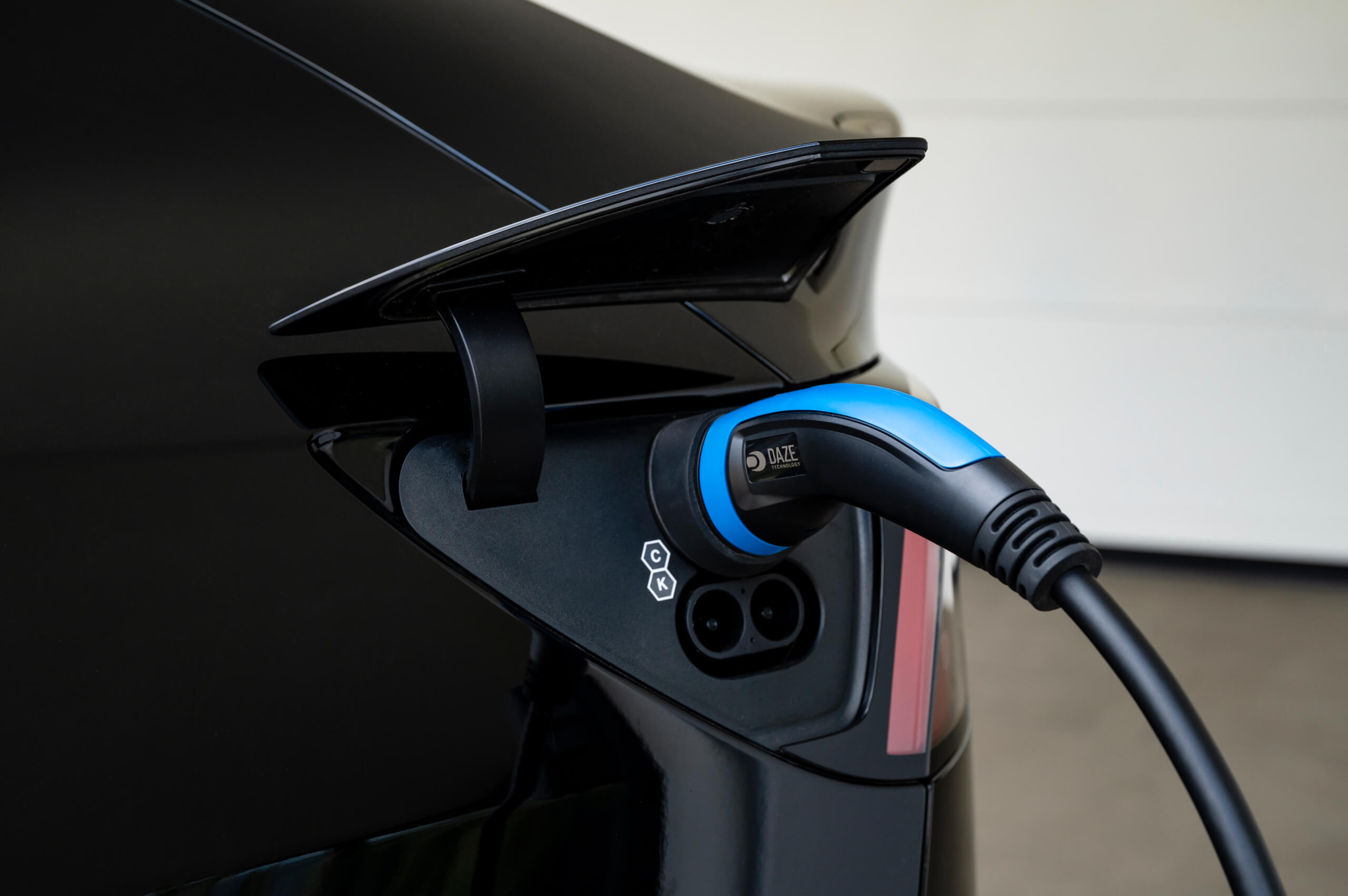If the purchase of an electric vehicle is already an important step towards a more sustainable lifestyle, two-way charging technology, currently being tested also in Italy, promises to transform our vision of energy and smart mobility. Although still largely futuristic for the time being and not yet deployed, this innovative technology promises to offer a solution for electricity optimisation and greater flexibility in the use of available resources.
With bi-directional charging, electric vehicles are no longer mere consumers of energy, but actively participate in the management of the grid, helping to balance supply and demand by adapting to the changing needs of the energy system.
This new approach promotes environmental sustainability and opens the way to new economic opportunities for individuals and businesses.
How does bi-directional charging work?
Bi-directional charging allows the flow of energy to move in two directions: from the car to the grid and vice versa.
When an electric vehicle is connected to the grid for charging, alternating current (AC) is converted to direct current (DC) and stored in the vehicle’s battery. During bi-directional charging, this energy can be converted back to AC and used to power the household or, if necessary, fed back into the grid, opening up the possibility of a wide range of useful applications.
This conversion process is managed by a bi-directional charger, equipped with specific monitoring and control systems that manage the amount of energy flowing in and out of the battery, integrating an AC/DC converter that allows energy to flow in both directions.
Bi-directional charging technology is rapidly attracting the interest and attention of manufacturers and users alike, as it offers a number of advantages for both electric car drivers and the electricity grid as a whole.
V2G, V2H and V2V: the triple use of bi-directional charging
Bi-directional charging can be divided into three main applications: Vehicle-to-grid (V2G), vehicle-to-home (V2H) and also vehicle-to-vehicle (V2V).
With V2G technology, the energy stored in the vehicle’s battery can be fed back into the grid. In essence, electric vehicles become true mobile storage units and can act as an energy reserve for the grid, helping to stabilise electricity supply and demand. This can be useful in situations of grid overload, in the event of peak demand, allowing power to be fed back into the grid when not in use, or for managing a company’ s fleet of electric cars, which can then more efficiently regulate charging between different cars as needed.
DiscoverMirafiori’sV2G system, in which Daze also participated.
The V2H concept, on the other hand, allows the energy from the electric vehicle to be used to power one’s own home or a building. This can be functional during peaks in energy demand, momentary power outages or when electricity costs are higher, allowing the energy costs to be amortised over a short period. It can also be used in times of leisure, to power a small home or device while on holiday.
V2V, on the other hand, allows the direct exchange of energy between two vehicles, making it possible to share energy with other cars. This could allow the creation of a network of back-up vehicles for emergency situations, or the sharing of energy between several cars during a journey or when there is no power available.

Benefits of bi-directional charging
Although bi-directional charging is not yet widely used and is not yet available in currently marketed products, its potential is more than promising:
- It saves money and enables better charging management: by selling the energy stored in the vehicle’s battery to the grid, extra revenue can be generated to help offset charging costs.
- Reinforces energy savings and full cost control: by combining electricity tariffs in the cheapest bands with home energy management software, costs can be reduced on the bill by actively interacting with the grid at times when it is most convenient, supplying and withdrawing energy as needed.
- It regulates energy self-sufficiency and contributes to system stability: by using the renewable energy produced by a photovoltaic system with bi-directional charging, it is possible to reduce dependence on the traditional electricity grid and become energy self-sufficient, with the vehicle becoming a true reserve of the energy produced during periods of overproduction. This energy can be used when energy production is lower, helping to balance the energy system.
Energy in motion
Although two-way charging remains a futuristic concept, infrastructure development and better standardisation of the necessary regulations and protocols could turn electric vehicles into valuable resources for energy infrastructure. Thus, cars would become energy in motion, able to transfer electricity between themselves, to homes or even critical installations during emergencies, and to supply power temporarily during events such as concerts or fairs.
The uses of this technology are manifold, indicating that it is moving in the right direction on the road to energy sustainability. With two-way charging, electric vehicles could be fully integrated into a more flexible grid, supplying energy when needed and helping to balance supply and demand more efficiently. This would not only reduce dependence on traditional energy sources, but could also improve the stability and security of the entire national energy system.
